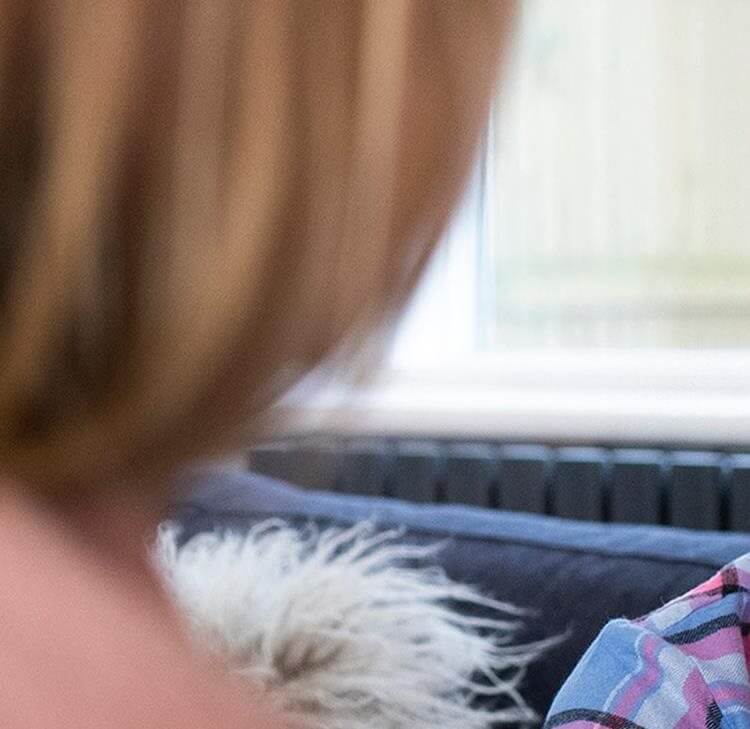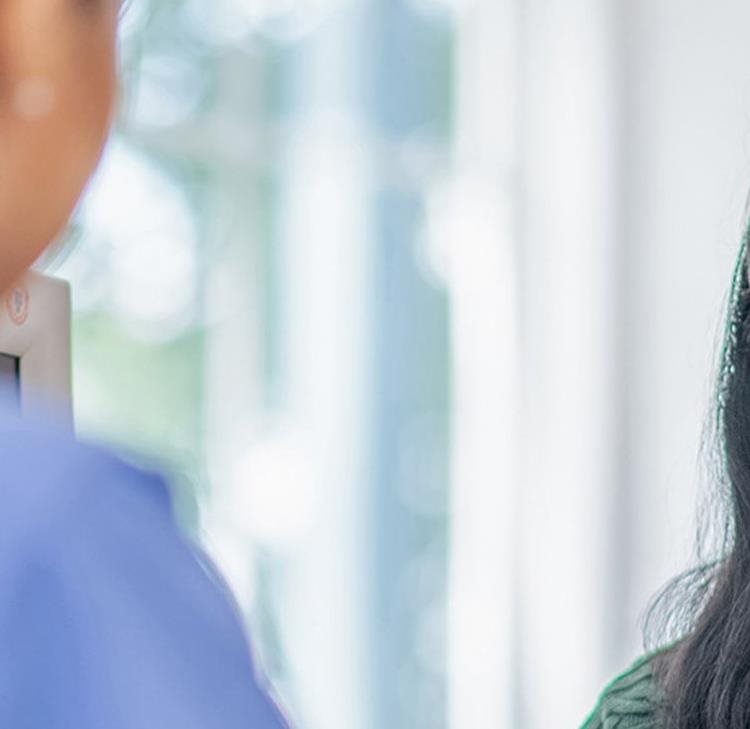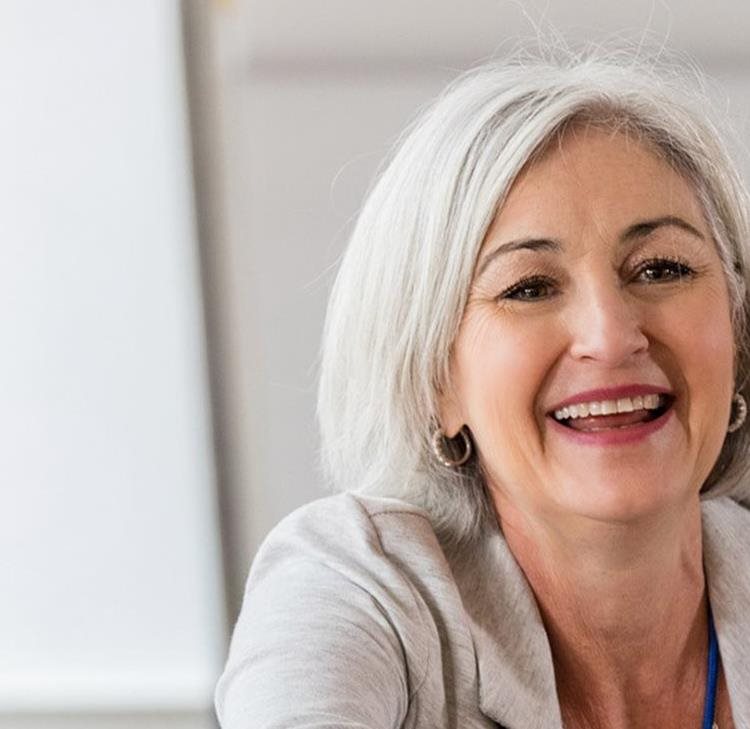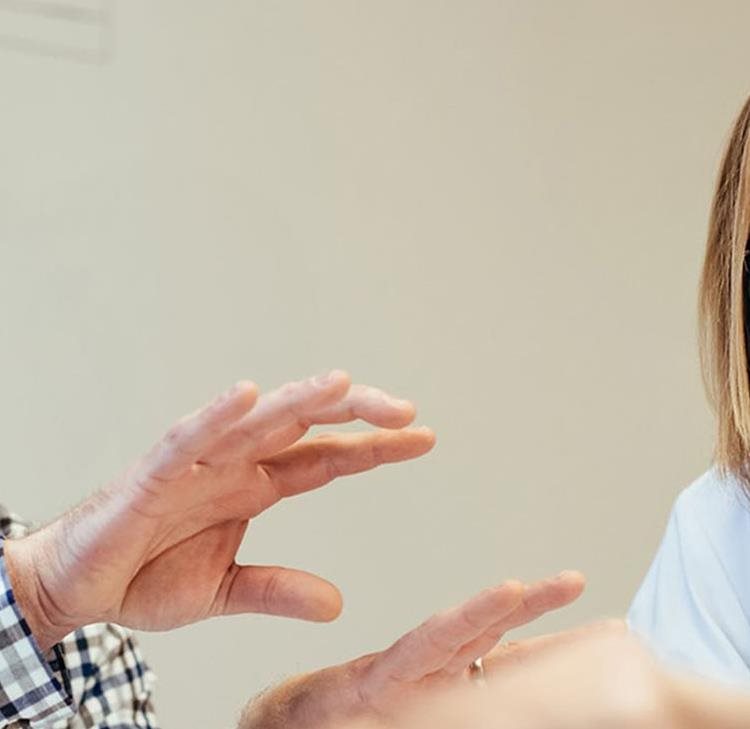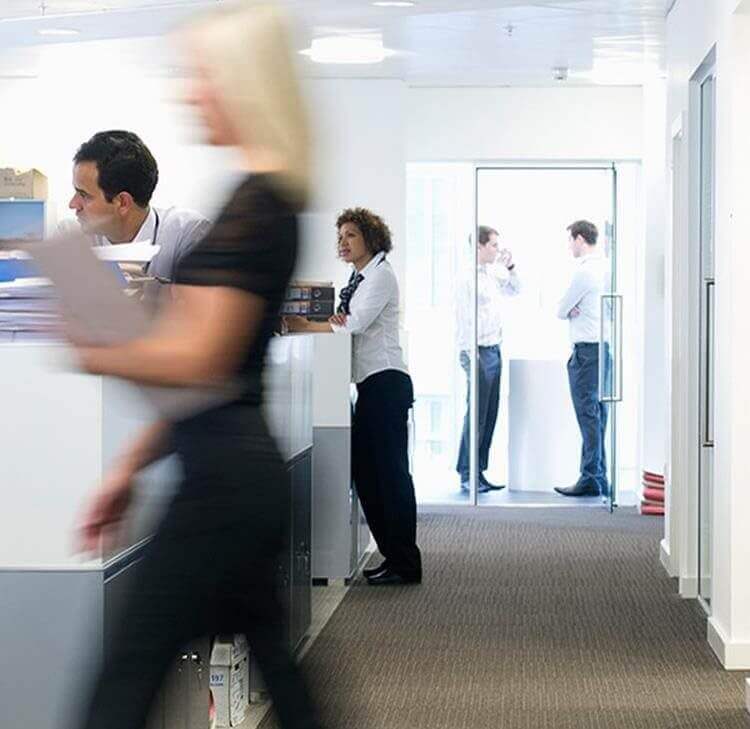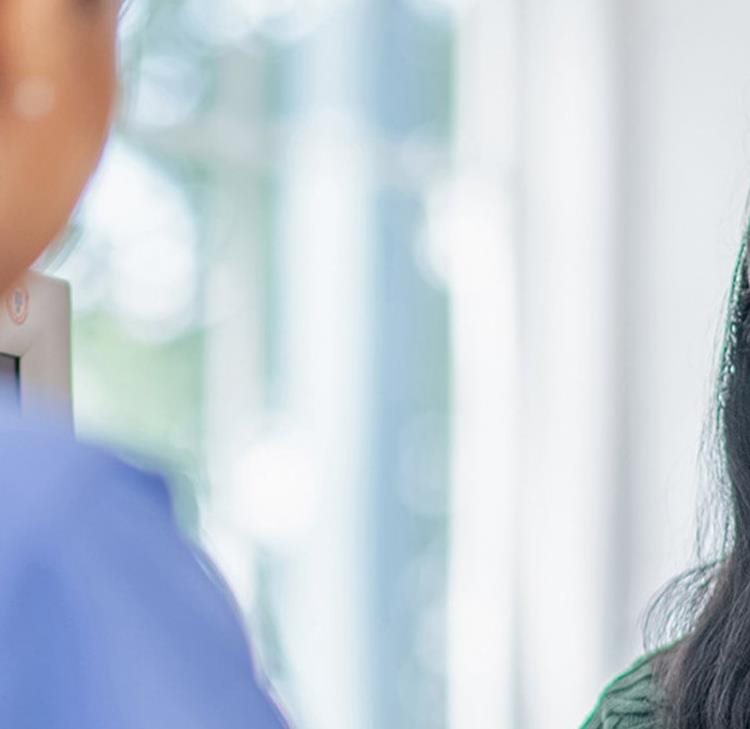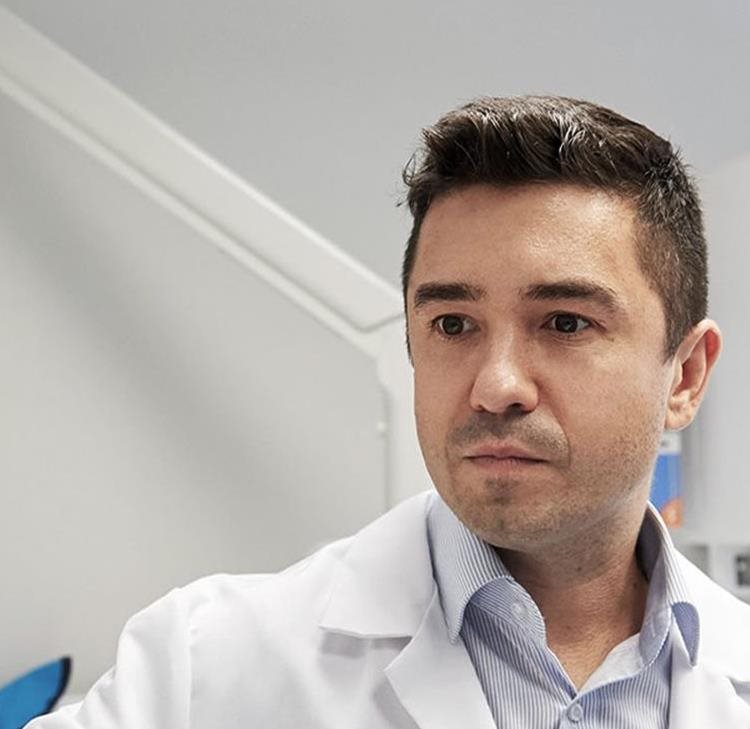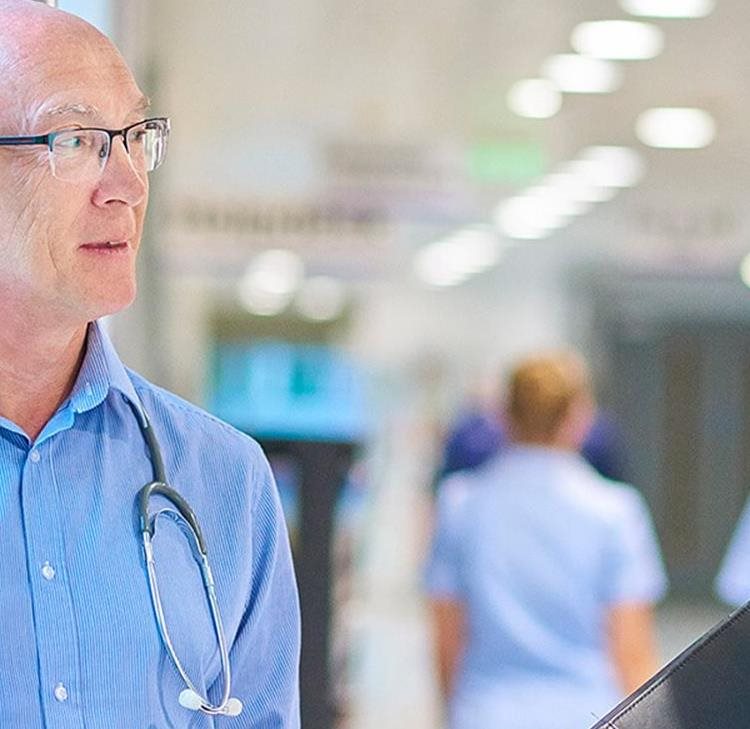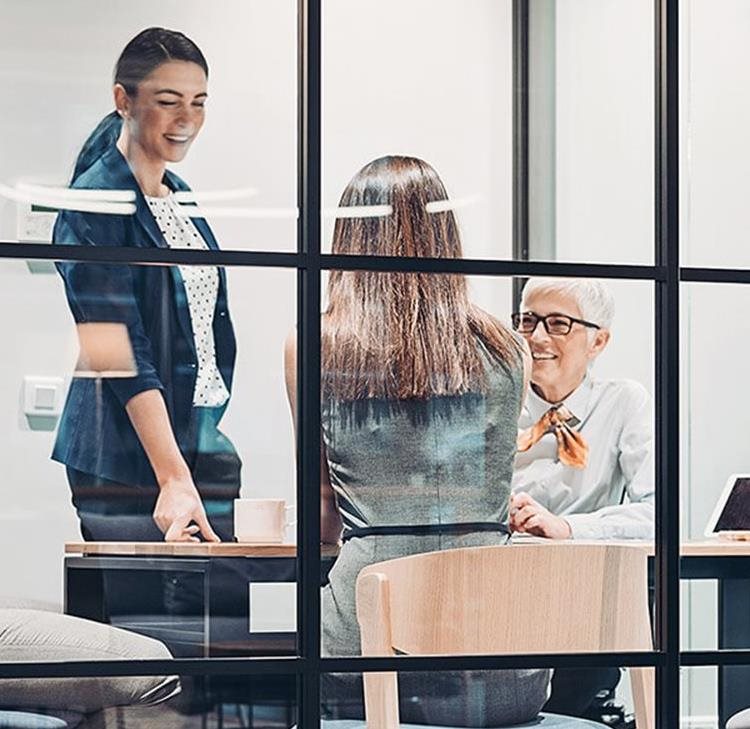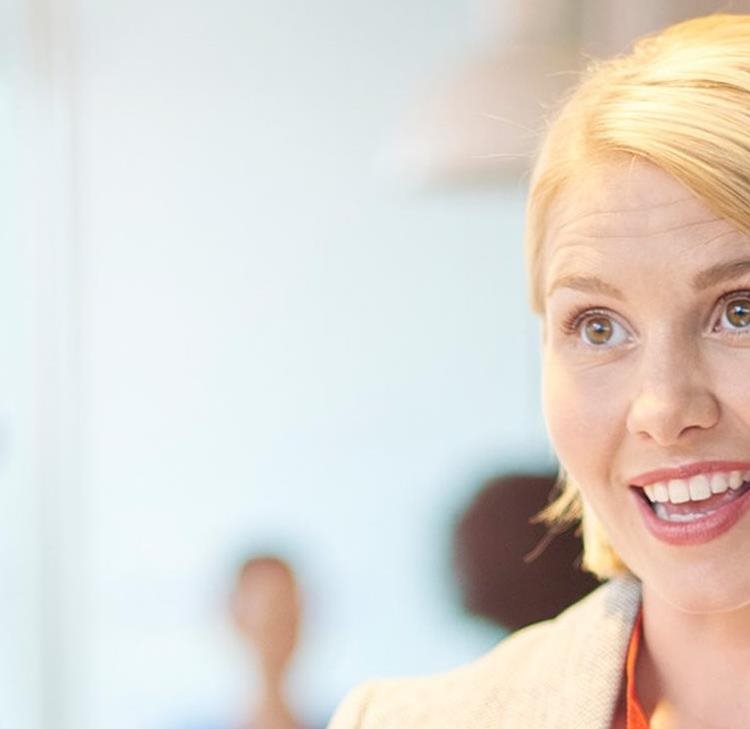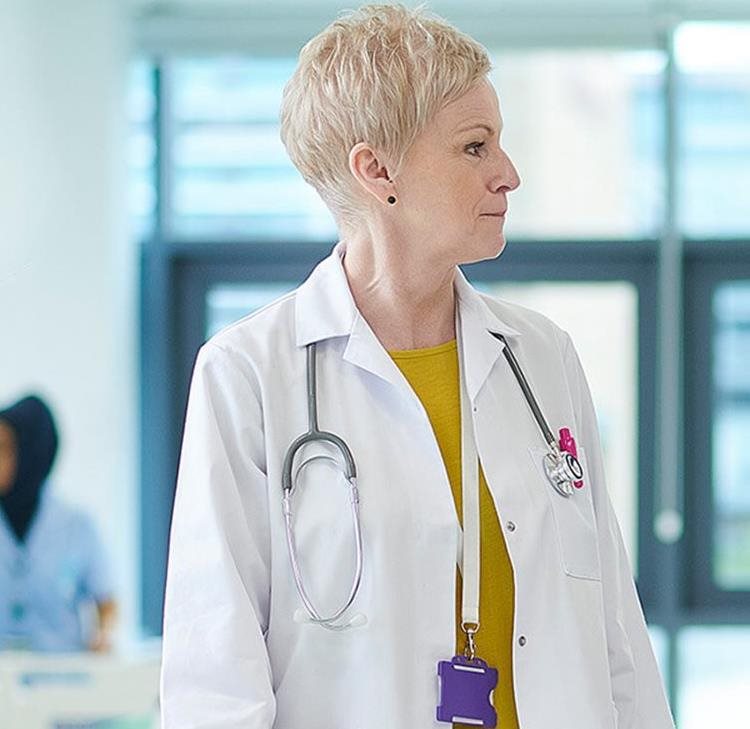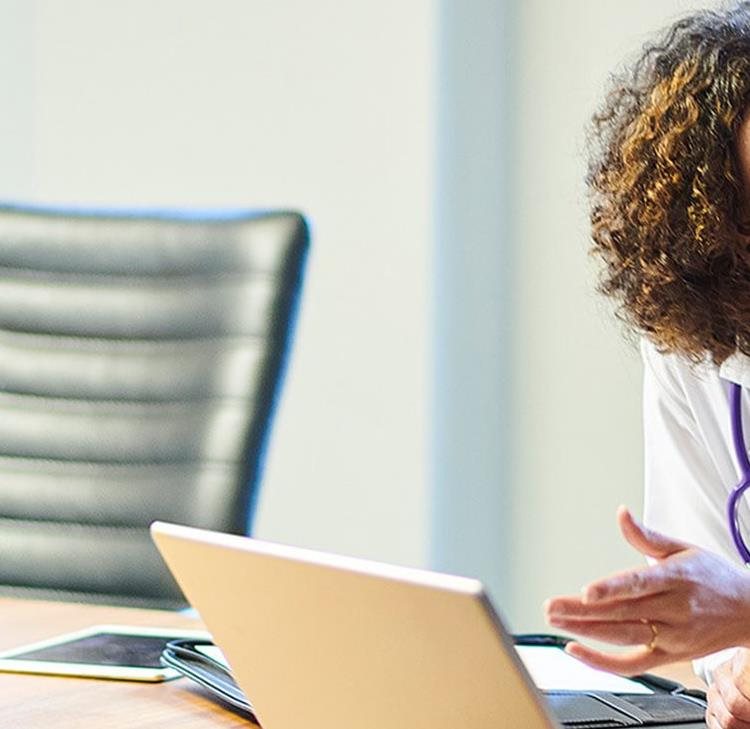Remote consultations: evolution or revolution?
The increasing use of remote consultation technology presents new challenges from both a practical and a legal standpoint - what should practitioners to consider?
For centuries, primary healthcare has been built on a foundation of doctor and patient together in a room discussing ailments and conducting physical examinations. Indeed, as recently as pre-March 2020 (the point at which Britain entered its first Covid-19 lockdown), even in an increasingly digitally connected world, only around 1% of consultations with primary care doctors and nurses per year were conducted online. As we all adapt to a different way of living, so too have we as patients changed the way we are engaging with our clinicians. Between March and July 2020, around half of the 102 million consultations carried out were by phone or video and one would expect that, even acknowledging that unique world events may have ‘spiked’ this increase due to ‘needs must’ basis, the post pandemic picture will see remote consultations playing a greater role in the provision of primary care going forwards.
We can be in no doubt that the pandemic has accelerated the learning curve across the sector, driven by an underlying motivation to increase efficiency and accessibility of healthcare. The increasing use of remote consultation technology presents new challenges for practitioners to understand and consider in the delivery of care from both a practical and a legal standpoint.
Things for practitioners to consider:
- two-way communications are integral to medical care and this should be a key characteristic of any tech solution utilised;
- remote consultations are not a replacement for physical examinations but rather another supplementary tool for low-risk sessions – high-risk patients will continue to require the face-to-face approach given the potential to miss visual cues and diagnosis in remote appointments and it would be expected that many follow-ups from a remote consultation would be in person;
- technology gives patients greater control of their treatment. Even so, there will still be a percentage of the patient-base who will not embrace remote consultations for a variety of reasons. These may include the preference for physical interaction as part of their routine or to avoid loneliness, the limitations of their personal technology and web connectivity and general scepticism of the effectiveness of such a session. Again, this is a reminder that remote consultations are a different solution that medical practitioners can draw on, not the only solution as such;
- the holding of an appointment remotely does not relax the standard of care required to perform regulated activities. Appointments should be assessed on a case-by-case basis whether holding the consultation remotely compromises the practitioner’s ability to meet such standards and, where that appears to be the case, revert to physical examination;
- if there is data that would be required to inform next steps, such as taking a patient’s temperature or blood pressure, a remote consultation would only go so far without patients having the appropriate ‘tools’ to accurately feed in such data, such as thermometers and blood pressure monitoring;
- make sure that adequate insurance cover is in place;
- the security of personal data should be assured at all stages of the process given the resulting increase in the transfer of sensitive personal data;
- it may be easy for a GP in a tight-knit community, or through regularity of appointments, to recognise many of their patients by face or voice but that will not always be the case – care should be taken to ascertain the valid identity of the patient and also that the surroundings of the patient are suitable for the sensitivity and confidentiality of the conversations to be had.
The real question of whether or not we are at the start of an evolution or revolution realistically depends on the buy-in from both clinician and patient and how we are measuring ‘success’. Remote consultations bring some very clear benefits (such as fewer patients filling waiting rooms, increased flexibility improving access during working hours and so on) that vindicate the investment of time and resource to establish a process that works for clinician and patient. It may be that now is the time, with the momentum generated by circumstance forcing providers to take the plunge, to harness further the efficiencies and opportunities that technology can bring. Let’s see what the future holds.
Contact

Mark Hickson
Head of Business Development
onlineteaminbox@brownejacobson.com
+44 (0)370 270 6000


